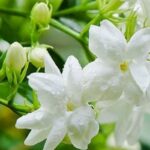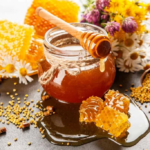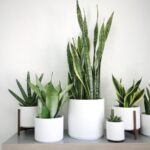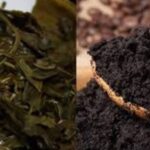Jasmine, like gardenia and bay laurel, offers a captivating and soothing fragrance. The tiny white flowers are not only visually appealing but also exude a sense of purity, making jasmine a favorite choice for many when it comes to garden plants. Having jasmine in your garden allows you to easily indulge in its enchanting scent every day.
Apart from being an outdoor plant, jasmine can also be grown indoors. It is completely safe for your health, and the flowers can be used to make tea, offering benefits to your body. However, not everyone is suitable for growing jasmine in their living space, especially certain groups of people who need to be cautious.
People with Asthma and Pollen Allergies
Jasmine stands out with its pleasant and refined fragrance, making any space feel fresh. However, for sensitive individuals who suffer from pollen allergies or asthma, having jasmine indoors can actually cause discomfort.
These individuals may experience unpleasant symptoms such as sneezing, runny nose, itchy throat, or watery eyes. In more severe cases, they may deal with coughing, wheezing, or difficulty breathing. Hives or skin rashes may also occur when living in an environment with jasmine.
Therefore, if there are family members with pollen allergies or asthma, careful consideration should be given to growing jasmine to ensure the well-being of everyone.
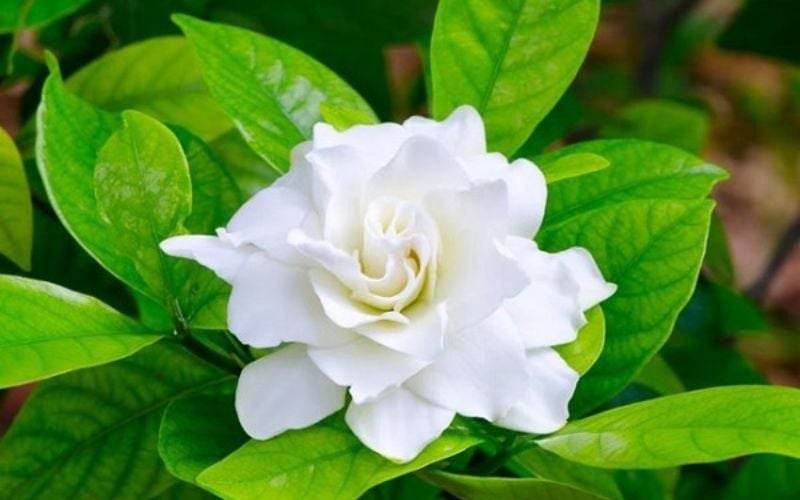
Jasmine’s enchanting fragrance adds a touch of freshness to any space.
People Living in Dark and Poorly Ventilated Areas
Jasmine thrives in sunny conditions and requires sunlight for optimal growth. Whether it’s summer or early autumn, providing sufficient light is crucial for the plant’s well-being. For lush growth and fragrant flowers, it is best to place jasmine in areas with good sunlight, such as rooftops or balconies, ensuring at least eight hours of sunlight daily.
If your living environment lacks ventilation and adequate sunlight, it is best not to grow jasmine. In such less-than-ideal conditions, the plant will not grow vigorously, and its branches will become weak and elongated, while its flowering capacity will decrease significantly.
Moreover, poor ventilation makes it challenging for water to evaporate, increasing the risk of pest and disease infestation. If left unchecked, the leaves may turn yellow and wither, affecting the plant’s aesthetic appeal. Therefore, if you plan to grow jasmine in an unfavorable space, you may end up disappointed and feel like your efforts were wasted.
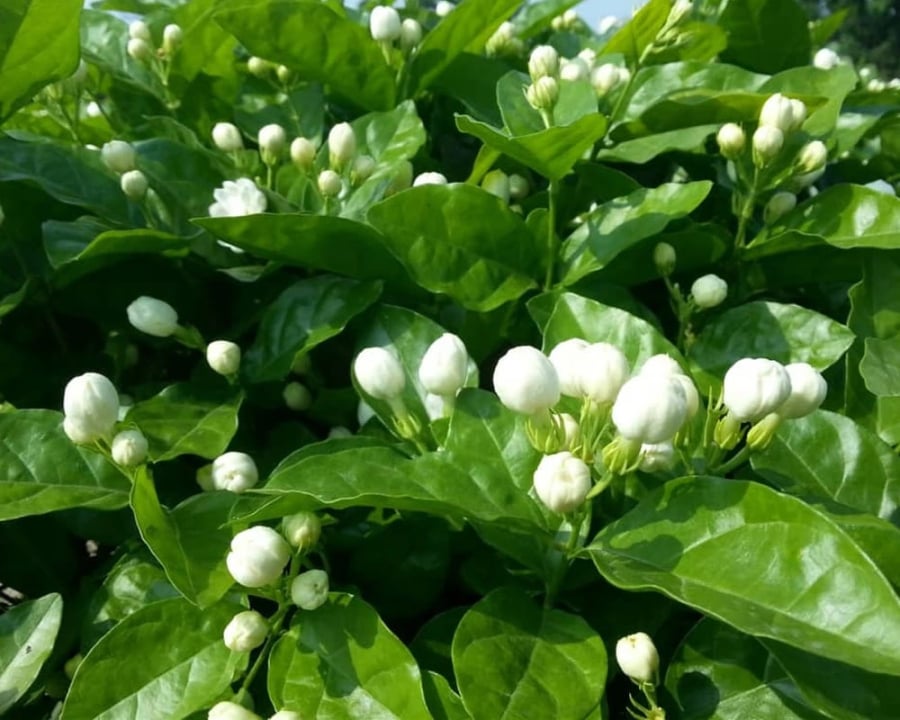
Jasmine thrives in sunny conditions and loves soaking up the sunlight.
People Living in Cold Regions
Jasmine is a warm-climate plant and struggles to adapt to cold environments. While it can withstand high temperatures well, it faces challenges when temperatures drop.
With a mild temperature decrease, jasmine’s growth will slow down, and it may enter a dormant state. However, when temperatures fall below 5°C, jasmine will struggle to survive and is susceptible to freezing to death, making its preservation during winter extremely difficult.
Therefore, for those living in cold areas, growing jasmine may not be the best choice unless you want to witness its demise. If you still wish to have jasmine in your garden, maintain temperatures between 20°C and 33°C. During winter, it is advisable to bring the plant indoors to keep it warm and well-maintained.
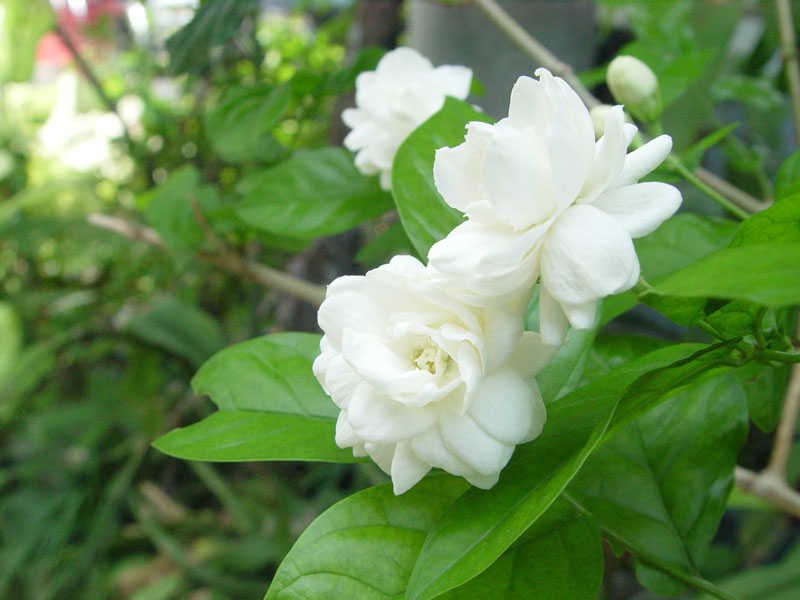
People with Wood and Earth Elements in Chinese Metaphysics
In the realm of Chinese metaphysics, jasmine, with its white flowers, is associated with the Metal element. Conversely, according to the Five Elements theory, the Earth element produces Metal, creating an unfavorable interaction when considering growing jasmine.
Individuals with an Earth element affinity who cultivate jasmine at home or in their workplace may encounter misfortune, leading to stress, fatigue, and negative influences on their mental and physical health.
Moreover, the Metal element has an unfavorable influence on the Wood element, so individuals with a Wood element affinity should also consider this before deciding to grow jasmine. However, it is important to treat this information as a reference, and it should be considered within the broader context of one’s personal life.
“The Jasmine Conundrum: Why These Four Individuals Should Avoid Growing Jasmine Indoors”
Captivating the senses with their delicate fragrance, jasmine flowers are a delightful addition to any home. However, it’s important to note that this seemingly innocent flower may not be suitable for everyone. In fact, there are four distinct groups of individuals who should avoid growing jasmine, as its presence could potentially spark unexpected consequences. Uncover the secrets behind this flower’s impact and why it may not be as harmless as it seems.
The Super Seed: A Protein-Packed Punch, But A No-Go For Some
“King of Iron” is a mighty moniker for a seed that boasts superior nutritional value with protein levels surpassing even that of an egg. But this humble hero also packs a punch when it comes to cooling off during hot summer days. However, there are five groups of people who should consume this seed with caution.
The Magic of Tea: Discover the Surprising Uses of Tea Beyond the Cup
The humble tea bag, often discarded after a single use, is actually a treasure trove of nutrients and beneficial compounds. Green tea, in particular, offers a plethora of health benefits, and with a little creativity, we can fully utilize every tea leaf to its maximum potential, thus saving money and optimizing the value of our tea.

























